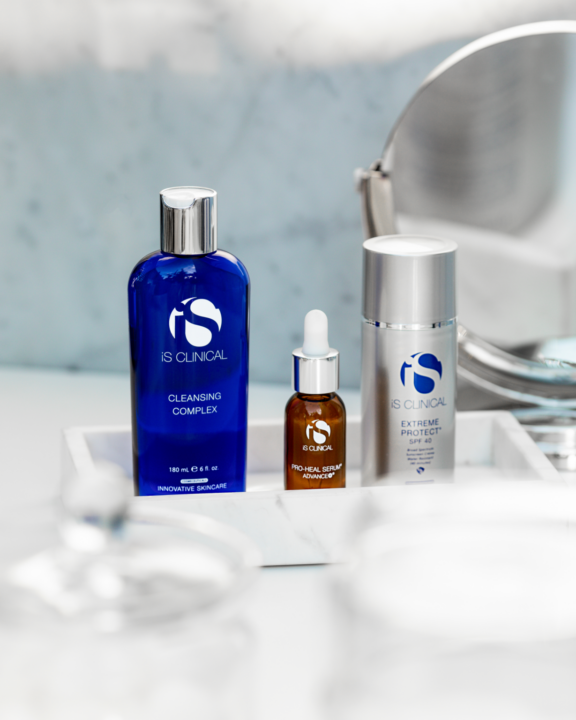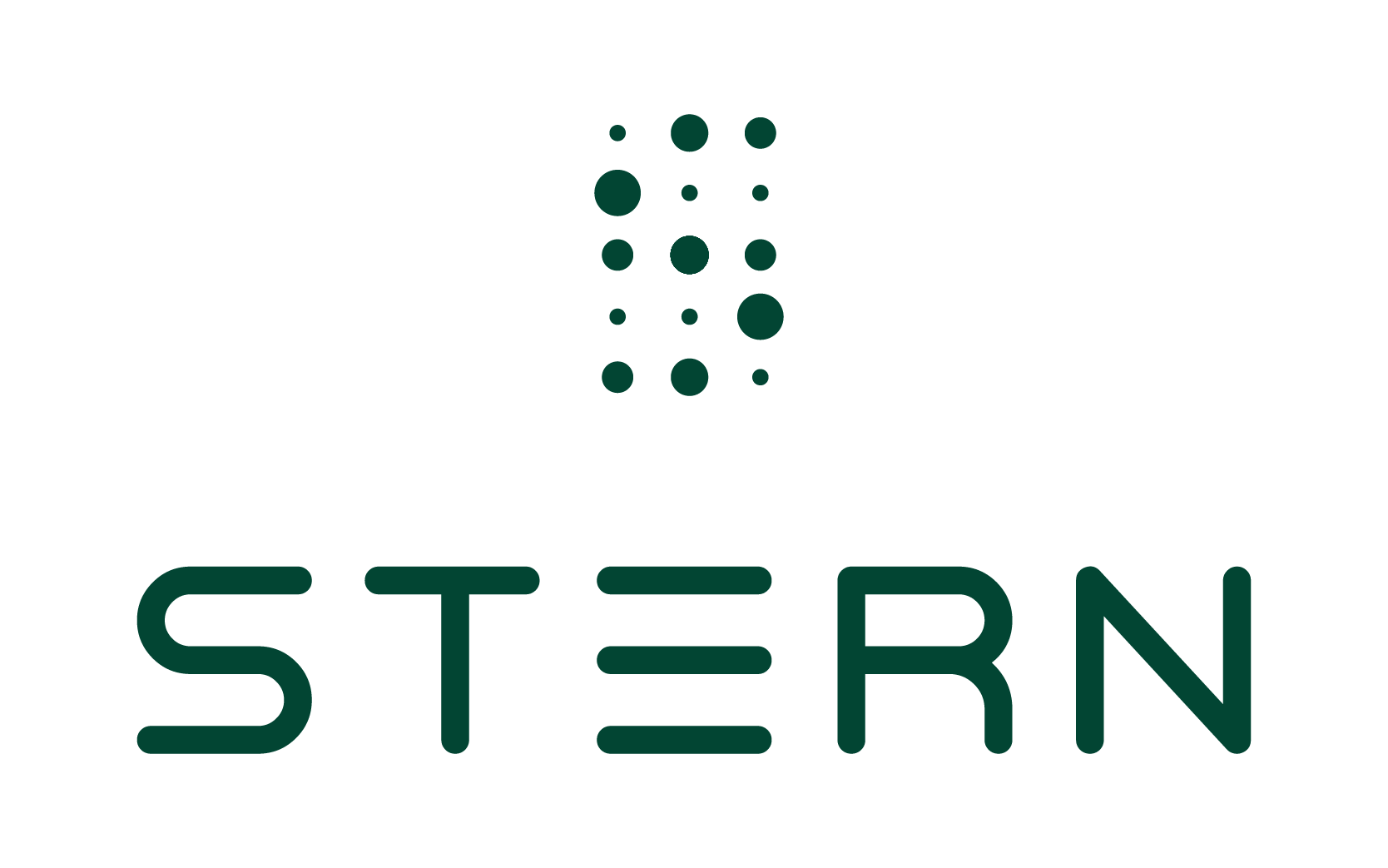
We all know that prepping your skin pre- and post-procedure is important, although many tend to overlook it. Prepping the skin is the same as a skilled artist priming and varnishing their canvas to ensure a lasting masterpiece. We checked in with well-known surgeon, Dr. Keshara Bawasa, to explain her viewpoint on the importance of prepping your skin pre- and post-procedure.
As a plastic surgeon at Sculpt Plastic Surgery and Wellness, the skin and adnexal structures is the area on the body where I work. Although experienced in all aspects of plastic surgery my favourite aesthetic procedures include fillers, Morpheus8, liposculpture, breast augmentations and breast reductions and face lifts. Having a skin that is prepped for non-surgical aesthetics, minimally invasive procedures as well as surgical procedures is essential in my practice. Here are my recommendations for the best prepped skin pre-and post-procedure.
Prepping The Skin
Each pre-treatment regime is individualised based on a few factors like:
- Patients’ Fitzpatrick skin type
- What products they are currently using
- Their risk of hyperpigmentation
- The type of treatment they will be having
For non-surgical aesthetics like chemical peels, microneedling, laser resurfacing or Morpheus8, I recommend that patients start on medical grade skincare for at least 4-6 weeks prior to treatment. The skin is the canvas of one’s face and treating it with good quality product is essential.
Medical grade skincare helps to resurface the outer layer of the skin called the stratum corneum and therefore allows for more effective penetration of active ingredients. It also enables repair of the DNA of damaged skin cells. It is truly an investment in one’s skin – with the added benefit of anti-ageing.
My go-to skin care range is from iS Clinical: Cleansing Complex, Pro-Heal Serum Advanced+, Reparative Moisture Emulsion, Extreme Protect SPF 30 or 40 and Active Serum at night.

I usually recommend the pre-treatment use of tretinoin/ Vit A derivatives as this stimulates collagen synthesis and new blood vessel formation – therefore “feeding the skin”.
In selected patients prone to hyperpigmentation, I recommend a 2-week pre-treatment course of either hydroquinone or another natural pigment blocker like arbutin. Patients who are prone to fever blisters also need to inform their practitioner so that they can get started on Acyclovir for prophylaxis. Resurfacing procedures on patients who have sunburn or are peeling from sun damage are avoided as the skin first needs to be repaired before treatment.
For minimally invasive procedures like InMode FaceTite or other surgical procedures like a breast augmentation or face-lift, the importance of surgical site infections becomes more relevant. For these cases I recommend the use of an alcohol-based wash of the area for two nights prior to surgery.
The Aftermath
Procedures performed in my practice result in controlled resurfacing of the skin / incisions made into the skin, which then need to heal. Aftercare is essential as this creates the milieu in which a host of cells will start to rebuild the skin.
My aftercare recommendations for non-surgical and minimally invasive procedures are as follows:
- No make-up or exercise for 48 hours post procedure – this is to prevent bacteria from entering the skin as its’ barrier function is reduced during this acute period.
- Sunblock and sun-avoidance – This is essential. The immature keratinocytes are unable to adequately process UV radiation and post treatment hyperpigmentation can result if sun exposure occurs typically within the first 2 weeks. Sunblock needs to be applied and reapplied 4-6hrly in the first two weeks.
- No Retin A creams for 2 weeks post procedure – restart thereafter.
- Short course of steroids – this is used in select patients undergoing significant resurfacing procedures or heat-based therapies to prevent hyperpigmentation.
- Moisturise – hyaluronic acid-based moisturisers are recommended as the skin is typically dry and needs extra hydration post-procedure. My go-to is, iS Clinical’s Sheald Recovery Balm and Pro-Heal Serum Advance+.
- Topical antibiotics like chloromycetin or Bactroban are recommended per patient.
For surgical patients, the scar management techniques I recommend include taping of the wound with micropore, silicone-based scar gels/sheeting and deep massage daily along the length of the scar. Another essential aspect is the use of sunblock and Retin A.

All treatments performed results in the body and skin needing to heal by stimulating the wound healing cycle. The best way to heal is by having the cells “fed” with good quality product, following the guidelines prescribed by your practitioner and preventing post-treatment complications like hyperpigmentation.
